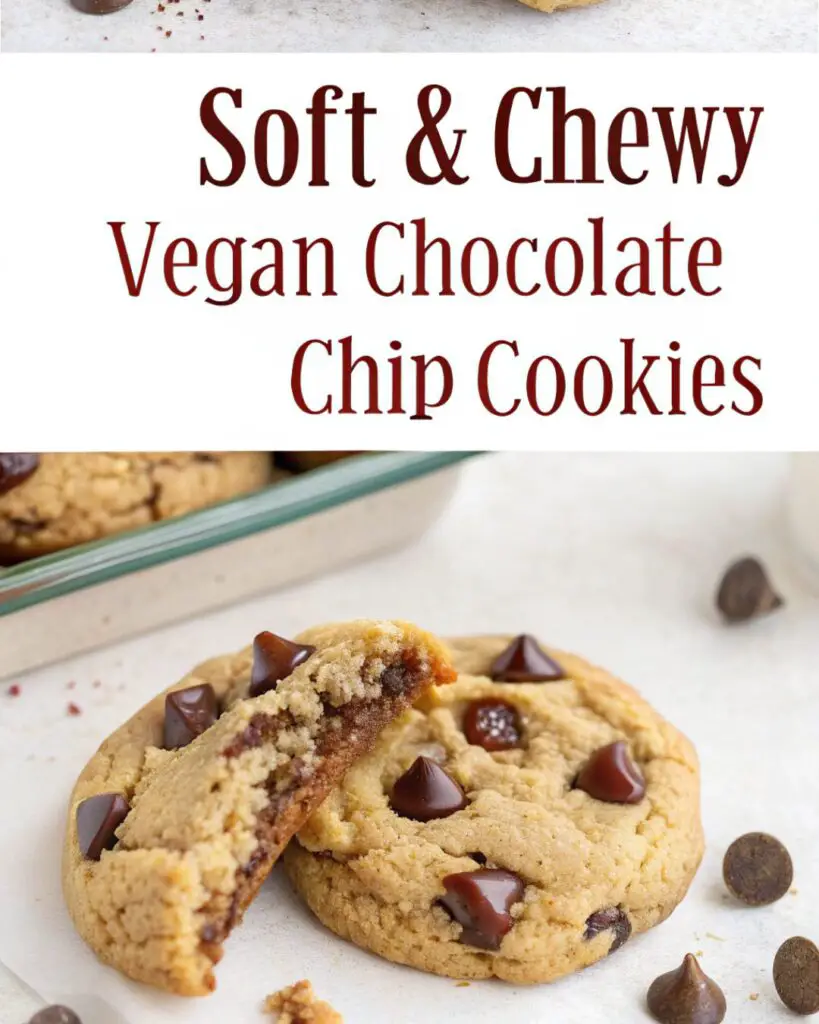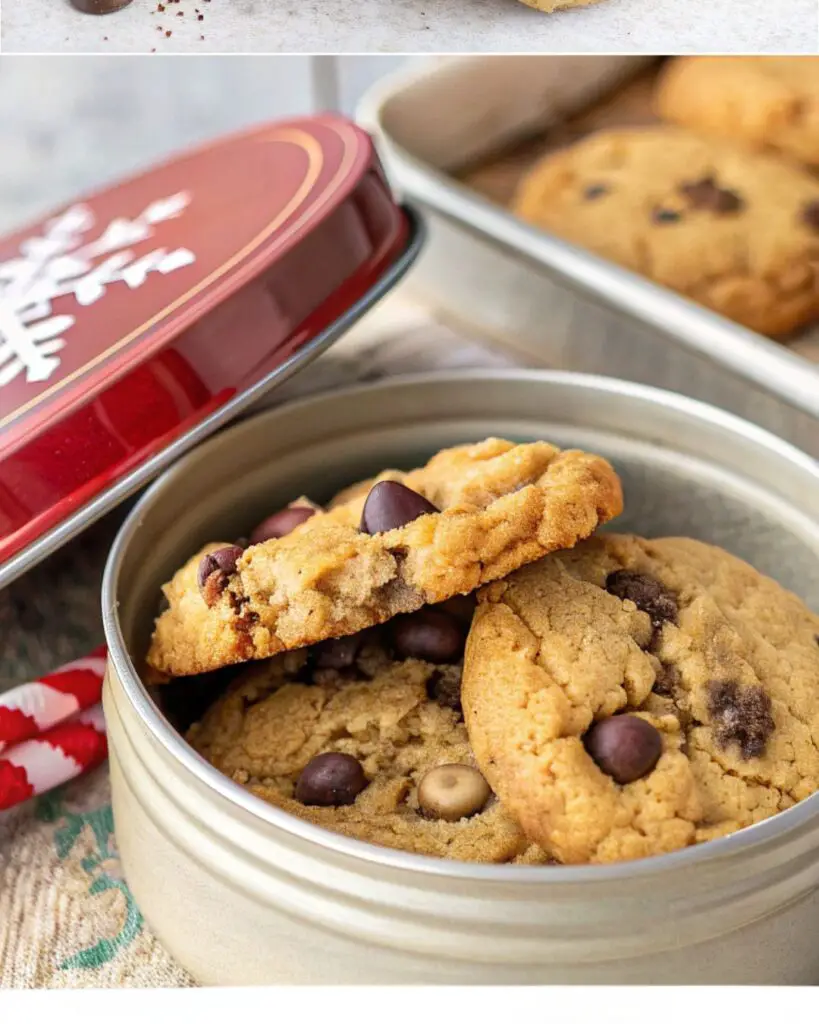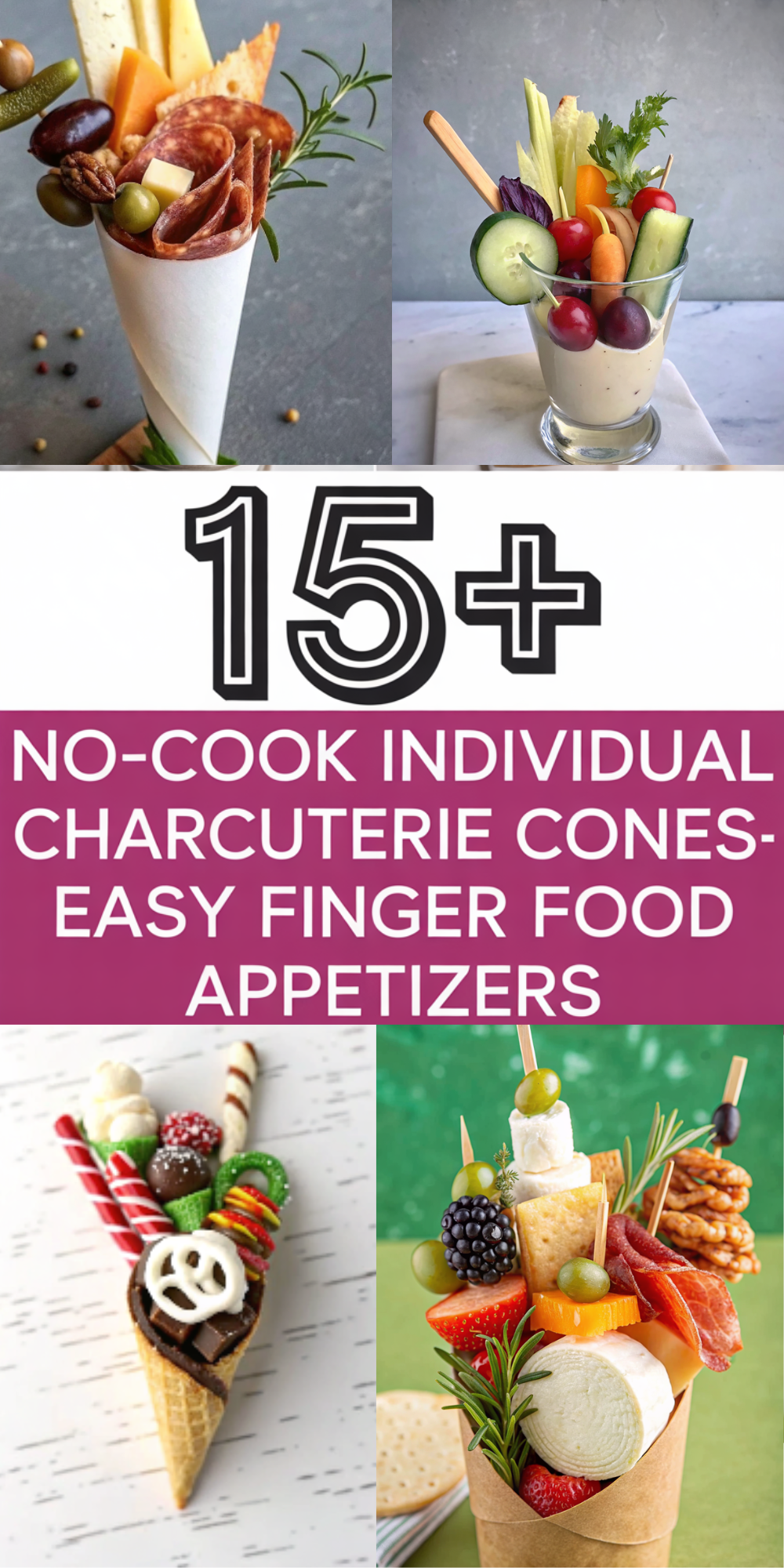Share via:
You’ve tried vegan chocolate chip cookies before – they were either hard as rocks, crumbly messes, or tasted like cardboard with chocolate chips.
Most vegan cookie recipes fail because they don’t understand how to replace butter and eggs properly. You end up with disappointing cookies that make you miss the “real thing” or give up on vegan baking entirely.

Here’s what you’ll discover: the exact technique for making soft, chewy vegan chocolate chip cookies that fool even non-vegans. This recipe uses simple substitutions that create the perfect texture every time, plus troubleshooting tips for common vegan baking problems.
These cookies stay soft for days, freeze beautifully, and satisfy every chocolate chip cookie craving without any animal products.
Why Most Vegan Chocolate Chip Cookies Fail
Traditional cookies rely on butter and eggs for specific functions that aren’t easy to replace. Butter provides fat, flavor, and helps create the tender, chewy texture. Eggs bind ingredients, add moisture, and help cookies rise slightly.
Most vegan recipes simply swap vegan butter for regular butter and call it done. But vegan butters behave differently – they often have more water content and different melting points, leading to cookies that spread too much or don’t hold together.
The egg replacement challenge is even trickier. Eggs do multiple jobs in cookies, and no single vegan substitute handles all of them perfectly. This is why vegan cookies often turn out too crumbly, too cake-like, or lacking that satisfying chew.
Sugar ratios matter more in vegan cookies. Without eggs to provide structure, the balance between brown and white sugar becomes crucial for achieving the right texture.
The Science Behind Perfect Vegan Cookies
Brown sugar is your secret weapon for chewy vegan cookies. It contains molasses, which adds moisture and creates that soft, chewy texture we’re after. The acid in brown sugar also helps activate leavening agents.
Coconut oil (refined) works better than vegan butter for texture. It has less water content and creates more reliable results. Use it at room temperature, not melted.
Aquafaba (chickpea liquid) replaces eggs perfectly in cookies. It provides binding power and helps create the slightly risen, tender texture that eggs normally provide.
Cornstarch adds the chew factor. A small amount of cornstarch mimics the protein structure that eggs normally provide, giving cookies that satisfying bite.
Vanilla extract and salt become even more important in vegan baking since you’re not getting the rich flavor from butter. Don’t skimp on these.
Essential Ingredients for Soft Vegan Cookies
All-purpose flour works best for classic texture. Whole wheat flour makes cookies too dense, while gluten-free flours need completely different ratios.
Refined coconut oil (solid at room temperature) provides consistent results. Unrefined has too strong a coconut flavor for classic chocolate chip cookies.
Aquafaba should be thick and viscous – the liquid from canned chickpeas works better than homemade. You need 3 tablespoons to replace one egg.
Brown sugar (packed) should make up most of your sweetener. The molasses content is crucial for moisture and chew.
Vanilla extract (pure, not imitation) makes a huge difference in vegan cookies since you’re missing the rich butter flavor.
Vegan chocolate chips – check labels carefully. Many “dairy-free” chips still contain milk derivatives. Enjoy Life and Guittard make reliable vegan options.
Cornstarch (just 1 teaspoon) helps bind and creates chewiness. Don’t skip this ingredient.
The Perfect Soft and Chewy Vegan Chocolate Chip Cookie Recipe
This recipe makes about 24 medium cookies that stay soft for days.
Ingredients:
- 2 1/4 cups all-purpose flour
- 1 teaspoon cornstarch
- 1 teaspoon baking soda
- 1 teaspoon salt
- 3/4 cup refined coconut oil (solid, room temperature)
- 1 cup packed brown sugar
- 1/2 cup granulated sugar
- 3 tablespoons aquafaba (chickpea liquid)
- 2 teaspoons vanilla extract
- 2 cups vegan chocolate chips
- 2-3 tablespoons non-dairy milk (if needed)
Instructions:
Step 1: Prepare Your Setup
- Preheat oven to 350°F (175°C).
- Line baking sheets with parchment paper.
- Make sure coconut oil is solid but soft enough to cream (like room temperature butter).
Step 2: Mix Dry Ingredients
- Whisk flour, cornstarch, baking soda, and salt in a medium bowl.
- Set aside – don’t skip this step as it ensures even distribution.
Step 3: Cream Coconut Oil and Sugars
- In a large bowl, cream coconut oil with both sugars for 3-4 minutes until fluffy.
- Use an electric mixer – this step is crucial for texture.
- The mixture should look light and fluffy, not dense.
Step 4: Add Wet Ingredients
- Beat in aquafaba and vanilla extract until well combined.
- Mix for another minute to ensure everything is incorporated.
Step 5: Combine Wet and Dry
- Add flour mixture to wet ingredients in two additions.
- Mix just until combined – don’t overmix.
- If dough seems too dry, add non-dairy milk 1 tablespoon at a time.
- Fold in chocolate chips gently.
Step 6: Shape and Bake
- Scoop dough into 2-tablespoon portions (use a cookie scoop for consistency).
- Place 2 inches apart on prepared baking sheets.
- Bake for 9-11 minutes until edges are set but centers look slightly underbaked.
- Don’t overbake – cookies continue cooking on the hot pan.
Step 7: Cool Properly
- Let cookies cool on baking sheet for 5 minutes.
- Transfer to wire rack to cool completely.
- This cooling process is crucial for achieving the right texture.

Common Vegan Cookie Problems
Cookies spreading too much:
- Your coconut oil might be too warm. It should be solid but soft.
- Try chilling the dough for 30 minutes before baking.
- Check your baking soda – old leavening agents can cause spreading.
Cookies too crumbly:
- Add an extra tablespoon of aquafaba.
- Make sure you’re packing the brown sugar properly.
- Don’t skip the cornstarch – it helps bind everything.
Cookies too cake-like:
- Reduce flour by 2-3 tablespoons.
- Don’t overmix the dough once flour is added.
- Make sure your oven temperature is accurate.
Not sweet enough:
- Vegan cookies often need slightly more sweetener than traditional recipes.
- Add an extra 2 tablespoons of brown sugar next time.
Cookies too hard:
- You’re likely overbaking. They should look slightly underdone when you remove them.
- Store with a slice of bread to add moisture back.
Storage and Freezing Tips
Room temperature storage: Keep cookies in an airtight container for up to 1 week. Add a slice of bread to maintain softness.
Freezing baked cookies: Wrap individually in plastic wrap, then store in freezer bags for up to 3 months. Thaw at room temperature.
Freezing cookie dough: Scoop dough balls onto a baking sheet, freeze until solid, then transfer to freezer bags. Bake directly from frozen, adding 1-2 extra minutes.
Maintaining softness: If cookies get hard, microwave individual cookies for 8-10 seconds to soften.

Recipe Variations and Add-Ins
Double chocolate: Replace 1/4 cup flour with cocoa powder and add extra chocolate chips.
Oatmeal chocolate chip: Replace 1/2 cup flour with old-fashioned oats (not instant).
Nutty version: Add 1/2 cup chopped walnuts or pecans with the chocolate chips.
Sea salt finish: Sprinkle flaky sea salt on cookies before baking for gourmet flavor.
Coconut chocolate chip: Add 1/2 cup shredded coconut and use unrefined coconut oil for coconut flavor.
Espresso boost: Add 1 teaspoon instant espresso powder to enhance chocolate flavor.
Making Cookies for Special Diets
Gluten-free version: Replace all-purpose flour with a 1:1 gluten-free flour blend. Add an extra 1/4 teaspoon xanthan gum if your blend doesn’t contain it.
Nut-free: This recipe is naturally nut-free, but check your chocolate chips for potential cross-contamination.
Soy-free: Use soy-free vegan chocolate chips and non-dairy milk. Most coconut oil is naturally soy-free.
Lower sugar: You can reduce granulated sugar by half, but keep the brown sugar amount the same for texture.
Tips for Perfect Results Every Time
Measure flour correctly by spooning it into the measuring cup and leveling off. Scooping directly from the bag packs in too much flour.
Don’t skip the cornstarch – it’s the secret to achieving that perfect chewy texture without eggs.
Room temperature ingredients mix better and create more consistent results.
Use a cookie scoop for evenly sized cookies that bake uniformly.
Rotate pans halfway through baking if your oven has hot spots.
Underbake slightly – cookies continue cooking on the hot pan after removal.
Why This Recipe Works Better Than Others
The aquafaba-cornstarch combination perfectly mimics what eggs do in traditional cookies. Most vegan recipes use only one egg replacer, which doesn’t provide all the functions eggs serve.
Refined coconut oil at the right temperature creates consistent results. Many recipes don’t specify the oil temperature, leading to variable outcomes.
Proper sugar ratios with more brown sugar than white creates the moisture and chewiness that makes these cookies irresistible.
The two-stage mixing method ensures proper creaming and prevents tough cookies from overmixing.
Serving Suggestions
Warm from the oven with a glass of cold non-dairy milk is classic perfection.
Cookie ice cream sandwiches using vegan vanilla ice cream make an impressive dessert.
Crumbled over yogurt or oatmeal adds sweetness and texture to breakfast.
Gift packaging in mason jars or cookie tins makes these a thoughtful homemade present.
I am a writer, editor, and publisher of Grillcuisines.com – an online blog dedicated to sharing grilling tips, accessories, and recipes to encourage more people to get outside and grill.
I’m off to find out the different types of grill foods, their seasons, and how to conduct outdoor cooking properly. I’ll also show you some of my grill-worthy cooking tools & accessories!







